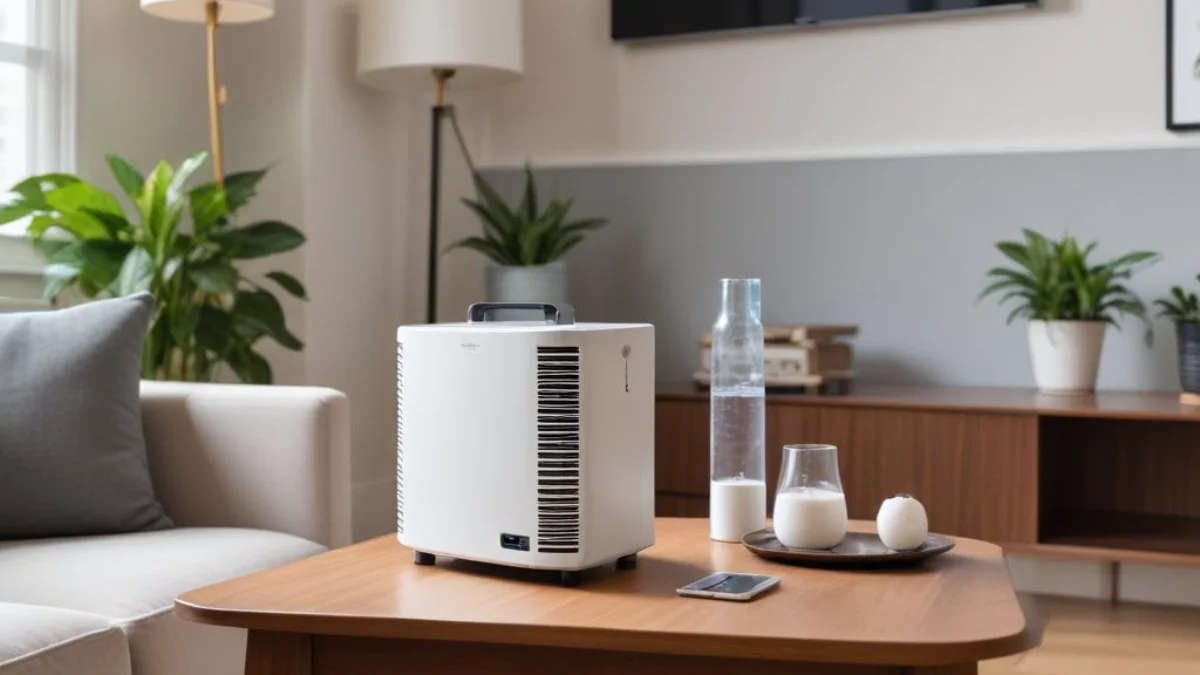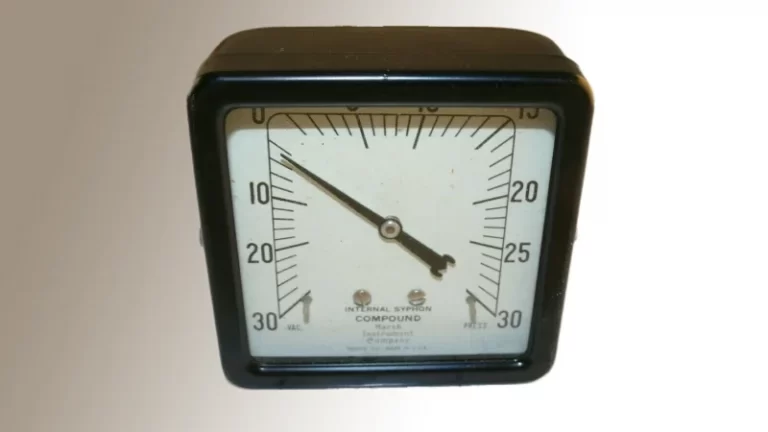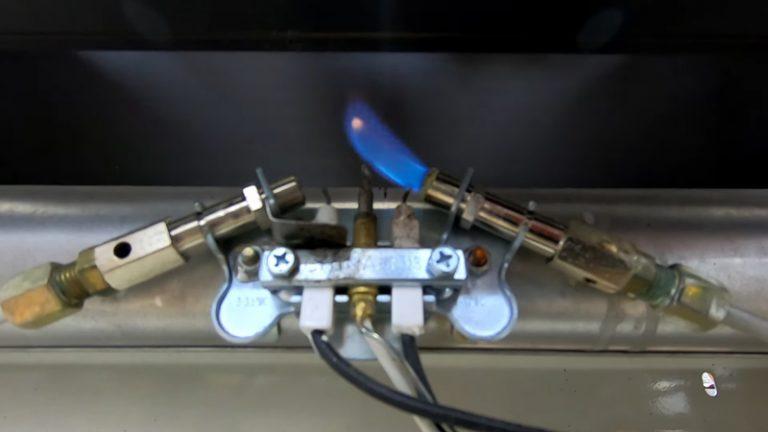Can You Use an Ozone Generator in an Apartment? The Answer Will Shock You
You’re dealing with a persistent, stubborn odor in your apartment. Whether it’s from cigarette smoke, cooking smells, pets, or a previous tenant, you’ve tried everything from air fresheners to deep cleaning, but nothing seems to work. Now you’re wondering, can you use an ozone generator in an apartment?
This powerful tool promises to obliterate odors at a molecular level, but its use in a shared living space like an apartment building raises serious questions and safety concerns. This guide will provide the definitive answer and walk you through the critical steps you must take if you even consider this option.
You'll Learn About
The Lingering Odor Problem in Apartments
Apartment living often means inheriting the scents and smells of those who lived there before. These odors can deeply penetrate drywall, carpets, and even the subfloor, making them incredibly difficult to remove with conventional methods. For many, an ozone generator seems like the ultimate solution.
These devices work by creating ozone (O3), an unstable molecule that reacts with and neutralizes odor-causing compounds. It’s a process called oxidation, and it’s highly effective at destroying smells rather than just masking them. However, the very chemical reaction that makes ozone so potent against odors also makes it dangerous to people, pets, and plants.

Why Standard Air Fresheners Fail
Most commercial air fresheners and sprays simply cover up unpleasant smells with stronger, more pleasant ones. They don’t eliminate the source. This is why odors often return once the fragrance fades, leaving you in a constant cycle of spraying and cleaning.
Even deep cleaning can sometimes fall short. Smoke particles, for example, are microscopic and can settle into every crack and crevice, making them impossible to scrub away completely. This is where the idea of a gas-based solution like ozone becomes so appealing.
The Dangers of Ozone: Why Caution is Critical
Before you purchase or rent an ozone generator, you must understand the significant health risks involved. The Environmental Protection Agency (EPA) has been very clear about the dangers of ozone inhalation. Ozone is a toxic gas that can damage the lungs when inhaled.
Exposure can cause coughing, chest pain, shortness of breath, and throat irritation. It can also worsen chronic respiratory diseases like asthma and compromise the body’s ability to fight respiratory infections. This is not a tool to be used casually.
The Unique Risks in an Apartment Building
Using an ozone generator in a standalone house is one thing; using it in an apartment is an entirely different challenge. Apartments share ventilation systems, walls, and common areas. Ozone gas can easily seep through cracks, vents, and under doors, potentially affecting your neighbors.
An apartment building’s HVAC system can circulate the ozone-rich air to other units, creating a hazardous situation for unsuspecting residents. This shared infrastructure is the primary reason why using an ozone generator in a multi-family dwelling is so fraught with risk and complexity. Some persistent smells can be confusing; for instance, you might wonder why a fireplace emits a chemical odor, which requires a different solution entirely.
The Verdict: Can You Use an Ozone Generator in Your Apartment?
The short answer is: Yes, but only with extreme caution and likely with the permission of your landlord or property management. Using an ozone generator is a high-risk, high-reward activity. If done incorrectly, you could harm yourself, your neighbors, and face potential liability or eviction.
Many apartment leases have clauses against creating hazardous conditions, which could be invoked if you use an ozone generator improperly. It is always best to have a professional handle the job. However, if you are determined to proceed, you must follow a strict safety protocol.
Step 1: Communication and Permission
Your first step should be to talk to your landlord or property manager. Explain the odor problem and why you are considering an ozone treatment. They may have their own procedures or preferred professional services they can recommend.
Ignoring this step is a major gamble. If a neighbor complains about a strange smell or experiences respiratory irritation, you could be held responsible. Open communication is key to avoiding serious problems.
Step 2: Preparing the Apartment for Treatment
If you get the green light, the preparation phase is crucial. You must remove all living things from the apartment. This includes yourself, your family, all pets (including fish in a tank), and all houseplants. Ozone is indiscriminate and will damage any living tissue it comes into contact with.
You should also remove or protect valuable items. Ozone can degrade rubber, plastics, and even fabrics and artwork over time with high concentrations or prolonged exposure. It’s wise to cover sensitive electronics and artwork with plastic sheeting.
The Safe Operation Protocol: A Step-by-Step Guide
Once the apartment is prepared, you can begin the treatment process. This requires careful planning and execution to ensure the ozone is effective against odors and contained within your unit.
Step 3: Sealing the Unit
This is arguably the most critical step in an apartment setting. Your goal is to prevent any ozone gas from leaking into neighboring units or common areas. Use painter’s tape and plastic sheeting to seal all gaps around your apartment door.
Place towels at the base of the door. Turn off your HVAC system completely to prevent air circulation. You must also seal any vents, air returns, or other openings that connect to the building’s shared systems. This includes bathroom exhaust fans and kitchen vents.
Step 4: Setting Up and Running the Generator
Choose an ozone generator that is appropriately sized for your apartment’s square footage. Running a machine that is too powerful can increase risks and damage materials. Place the generator in a central location, elevated if possible, to allow for even distribution of the gas.
Set the timer according to the manufacturer’s instructions for the severity of the odor. A typical treatment might run from 4 to 10 hours. Under no circumstances should you enter the apartment while the generator is running. Post warning signs on your door to alert neighbors and maintenance staff.
Step 5: The Critical Ventilation Period
After the timer has finished, the ozone needs time to revert back to stable, breathable oxygen. This process can take several hours. Do not re-enter the apartment for at least 4 to 6 hours after the machine has shut off. Some experts recommend waiting up to 24 hours.
When it’s safe to enter, open all the windows to completely air out the space. You will notice a distinct, sharp “after rain” smell, which is the residual scent of ozone. This will dissipate as the apartment ventilates. This ventilation step is crucial for returning the air to a safe state.
Comparing Ozone Treatment to Other Methods
While ozone is powerful, it’s not the only solution for tough odors. It’s helpful to understand the alternatives and where ozone treatment fits in. Sometimes, the source of an odor can be a malfunctioning appliance, and understanding things like common refrigerator issues can save you a lot of trouble.
| Method | Effectiveness | Safety Concerns | Best For |
|---|---|---|---|
| Ozone Generator | Very High (destroys molecules) | Very High (Toxic gas) | Severe, penetrated odors (smoke, pet urine) |
| Hydroxyl Generator | High (safe for occupied spaces) | Low (generally considered safe) | Ongoing odor issues, sensitive environments |
| Activated Carbon Filters | Moderate (absorbs odors) | Very Low (passive) | General air quality, mild odors |
| Deep Cleaning/Enzyme Cleaners | High (removes the source) | Low (chemical sensitivity possible) | Specific, localized odors (pet stains, spills) |
When to Call a Professional
Given the risks, the best course of action for an apartment is often to hire a professional remediation company. They have the commercial-grade equipment, training, and insurance to do the job safely and effectively. They know how to contain the treatment area and ensure no risk to other residents.
Professionals can also help diagnose the true source of the odor. Sometimes a persistent musty smell could be a sign of a hidden water leak or mold problem that an ozone generator won’t fix. Incorrectly handling home systems can be dangerous; it’s crucial to understand the consequences of improper electrical work, and the same principle applies to air treatment.
Conclusion: A Powerful Tool That Demands Respect
So, can you use an ozone generator in an apartment? Yes, technically it is possible. But it should be a last resort, undertaken only after exhausting all other options and with a deep understanding of the risks involved.
The margin for error is zero. An improperly handled ozone treatment can create a health hazard for your entire building. Always prioritize safety, communication with your property manager, and the well-being of your neighbors. If you have any doubt, leave it to the professionals.


